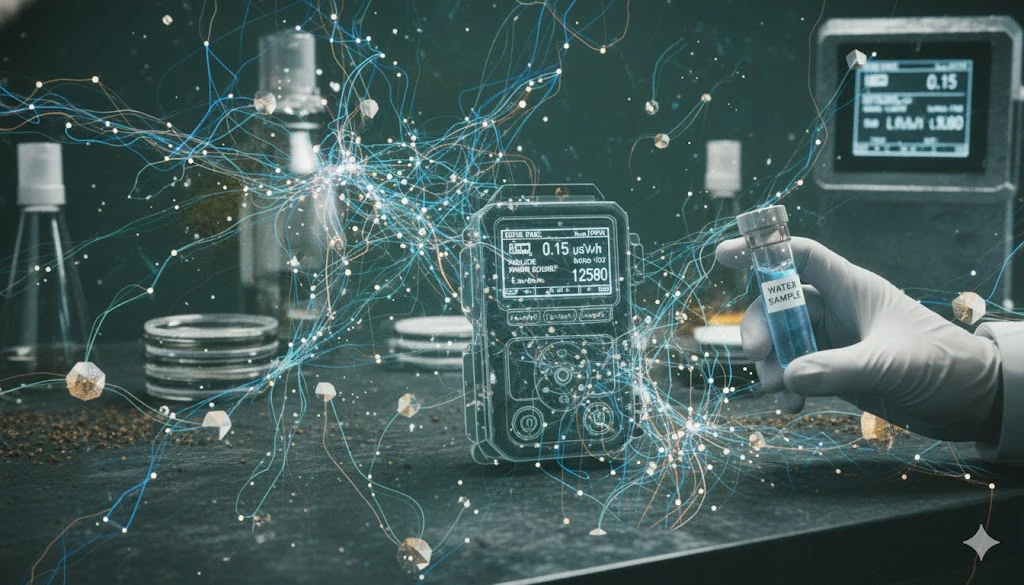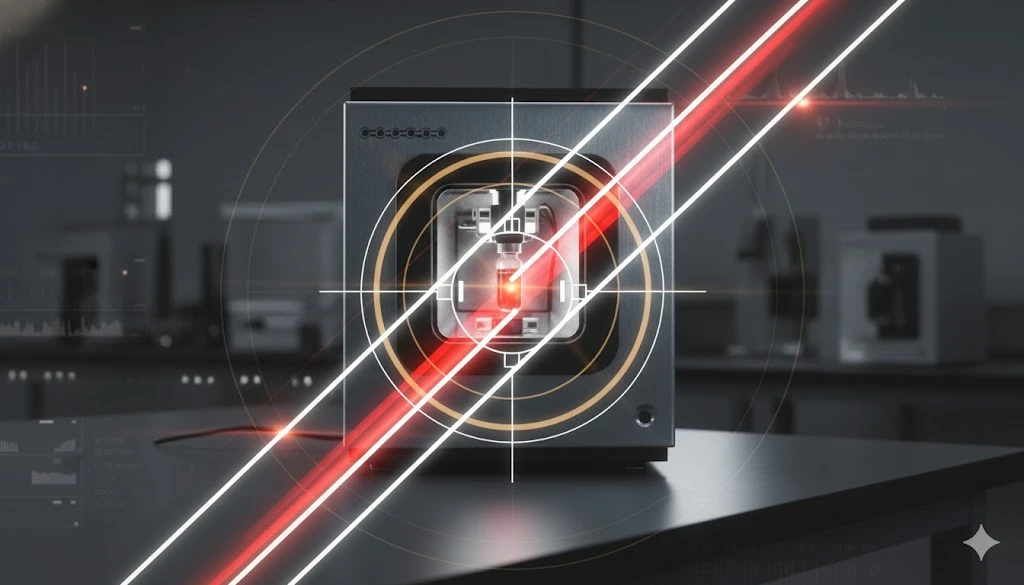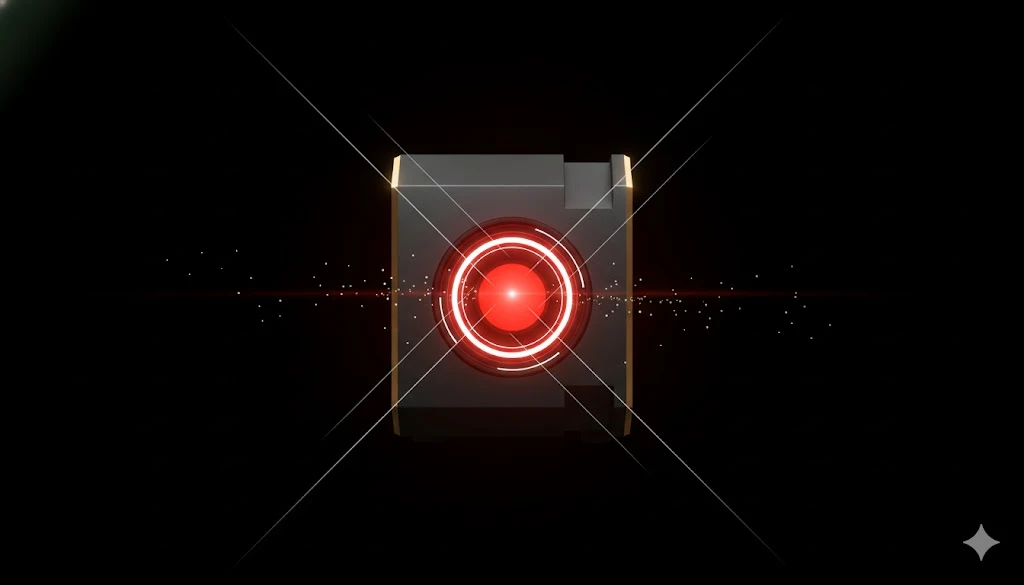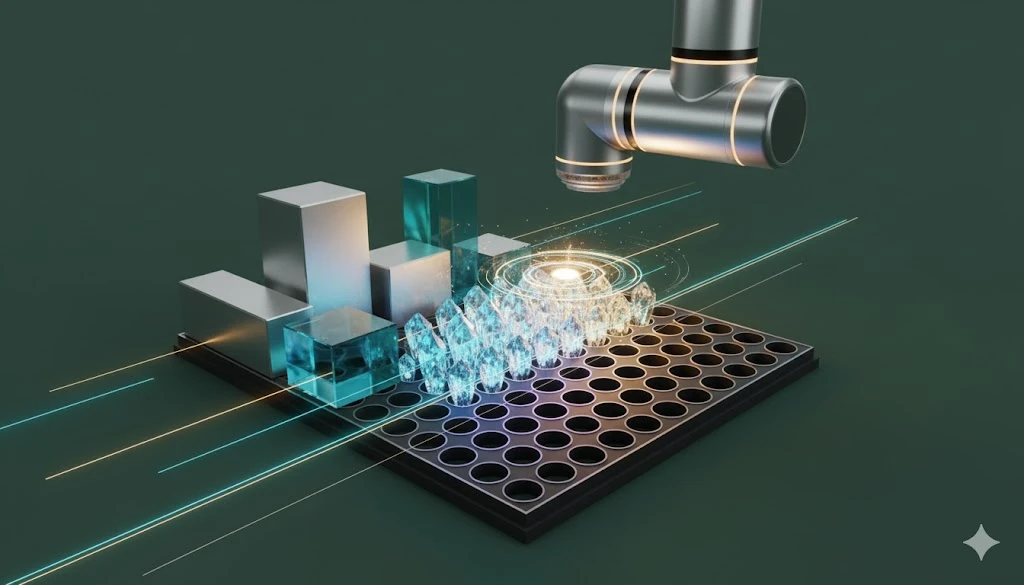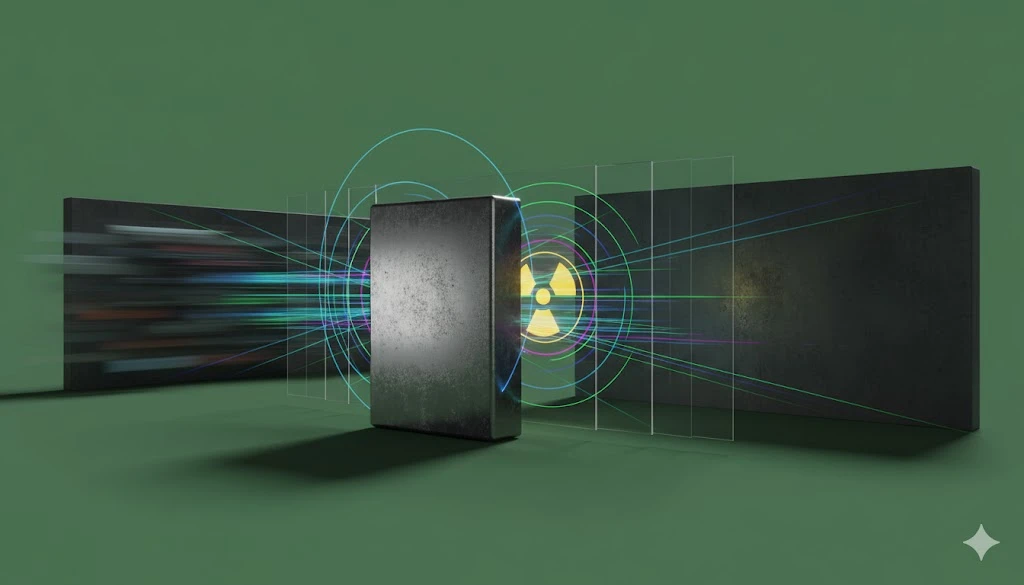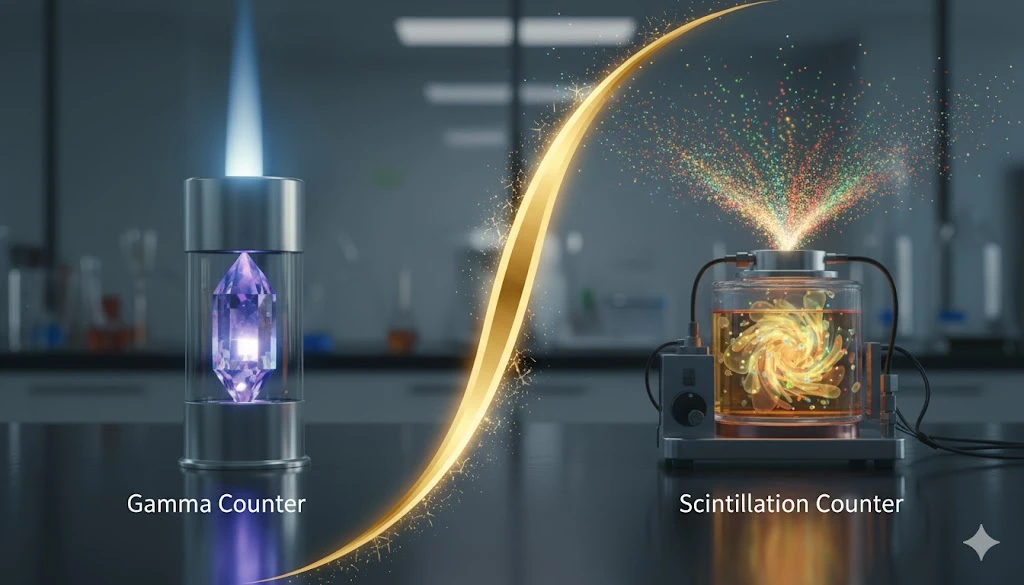2022 Mass Spec Trends and New Product Outlook
New product trends in the areas of ion mobility, novel separation technologies, and single-cell proteomics
The Evolution of Ion Mobility MS (IM-MS)
A trend that has exploded in recent years, the coupling of ion mobility spectrometry (IMS) with mass spectrometry (MS) has created hyphenated technologies with incredible potential. 2021 saw the release of several IM-MS platforms, designed for high-resolution analysis of intact proteins, accurate mass analysis of biochemical isomers, complex proteomics investigations, and other applications. Take a look at a previous article on the subject, for a brief review of IMS and IMS-MS.
Now part of Agilent, MOBILion released the MOBIE ion mobility separations device in 2021, which functions as another layer of ion separation upstream of Q-TOF MS. The combined technology offers enhanced resolution of large molecules, increased sensitivity, and decreased sample times. Applications include biopharmaceutical development, quality control, and many others where characterization of small features within large proteins and biomolecules is required.
The true innovation of the MOBIE stems from the use of structures for lossless ion manipulation (SLIM) technology, which extends the ion mobility path beyond that of previous IM-MS devices. The significantly longer path is accomodated by coiling it upon itself in an accordion style configuration. The results include more extensive separations and identification of molecules that were previous undetectable using standard techniques.
The evolution of ion mobility as a techmology has followed a path from somewhat basic beginnings, first appearing as a simple method for drug detection, food monitoring, and other tasks. By coupling IM with advanced mass spectrometry devices, the combined analytical power of IM-MS has become increasingly apparent. 2022 may see the emergence of even higher separations capabilities and broader applications in areas including biotherpeutics, lipidomics, glycomics, and single-cell proteomics.
Beyond IM-MS, MOBIE and other advanced ion mobility instruments may find use as stand alone devices, in remote, point of care, or rapid monitoring locations. As stand alone instruments, state-of-the art IM analysis may find important application in screening, diagnostics, and other areas of need.
The Rise of Novel Sample Separations Technologies
Interrogation of increasing complex sample sets requires the creation of innovative separations approaches. Factors such as speed and scalability play roles in the design and performance of these solutions. 2021 saw the launch of several solutions intended to extend the functionality of solution-phase separations upstream of MS analysis.
908 Devices launched the ZipChip microfluidic capillary electrophoresis (CE) device in 2019, and has busy validating the technology since that time. The latest application of this device couples it with reagent kits built for challenging separations and analysis of oligonucleotides. Such molecules can be notoriously difficult to resolve by standard LC and often require harsh ion-pairing reagents.
The innovative ZipChip technology uses advanced microfluidics to lower existing barriers to separations. It’s a fast, small, and powerful alternative to LC, and the device is easily coupled with multiple MS platforms from Thermo Fisher, Sciex, Bruker and others. More on the 908 Devices ZipChip technology can be found in an earlier article.
This novel technology is part of a growingf trend towards separation alternatives to traditional LC.
PharmaFluidics has been thinking about the limits of traditional LC for some time, with the launch of their µPAC™ pillar array chromatography technology. These chromatographic units are created by microscopic fabrication of a perfect array of tiny pillars within a solid silicon wafer. The functionalized pillars offer a highly organized, ordered pattern for optimal flow and separations performance. Using microfluidics and a folded, accordion style configuration, separation channels can be fitted into a compact unit. The company is now part of Thermo Fisher, and many more enhanced features for extended capabilities are likely to come in 2022 and beyond.
This trend in alternative solution-phase separations technologies emerged from acknowledging the power and robustness of LC, and then targeting the undesired shortcomings of the technique. The use of microfluidics addresses the requirements for excess solvents, column run time, and sample consumption typically associated with LC. ZipChip CE technology addresses the challenges of difficult to resolve analytes by using orthogonal separations based on analyte charge and size (capillary electrophoresis). The µPAC™ column units remove the inconsistencies and lack of precision of LC columns by the work of microfabrication and optimized flow channels.
This trend in LC separations alternatives will almost certainly continue in 2022 and beyond, as short-comings of separations techniques continue to be improved upon and moved into the mainstream.
The Future of Single-Cell Proteomics
Although many application areas stand to benefit from the trends discussed above, perhaps there is no greater area to reap the rewards of these advancements than the rapidly growing field of single-cell proteomics.
The ability to sample the proteomic profile of individual cells represents a paradigm shift in how we can visualize cell function and metabolism. Examination of disease versus healthy cells, the impact of drugs or insults on cells, the progression of the cell cycle and the dysregulation that is associated with cancer, are just a few of the multitude of possibilities of single-cell analysis.
Despite the potential, there are real challenges associated with working with single cells. These include working with exceedingly small sample volumes, the need for increased sensitivity for low abundance proteins, the need for enhanced resolution of complex protein backgrounds, and others.
The separations trends discussed above have significant potential use in this context. Microfluidic volumes, orthogonal separation of complex samples, and enhanced sampling and detection efficiency together provide performance well-suited to the challenges of single-cell proteomics. In this regard, it will be interesting to watch the emergence of new products and solutions in 2022, destined to advance this interesting and impactful field.
View Mass Spectrometer and HPLC listings at LabX.com
Visit the LabX Chromatography and Separations application page for product listings and further information.


